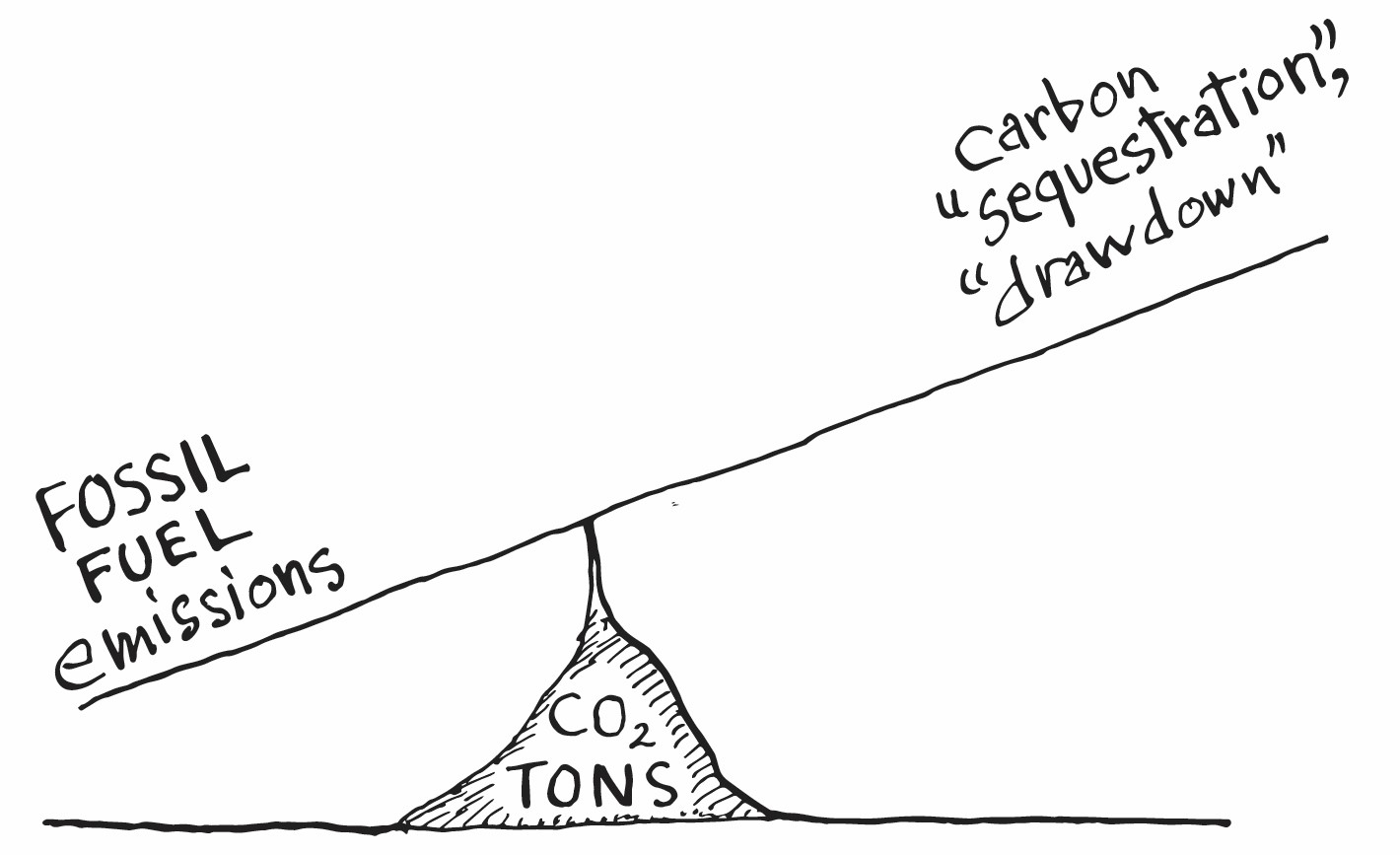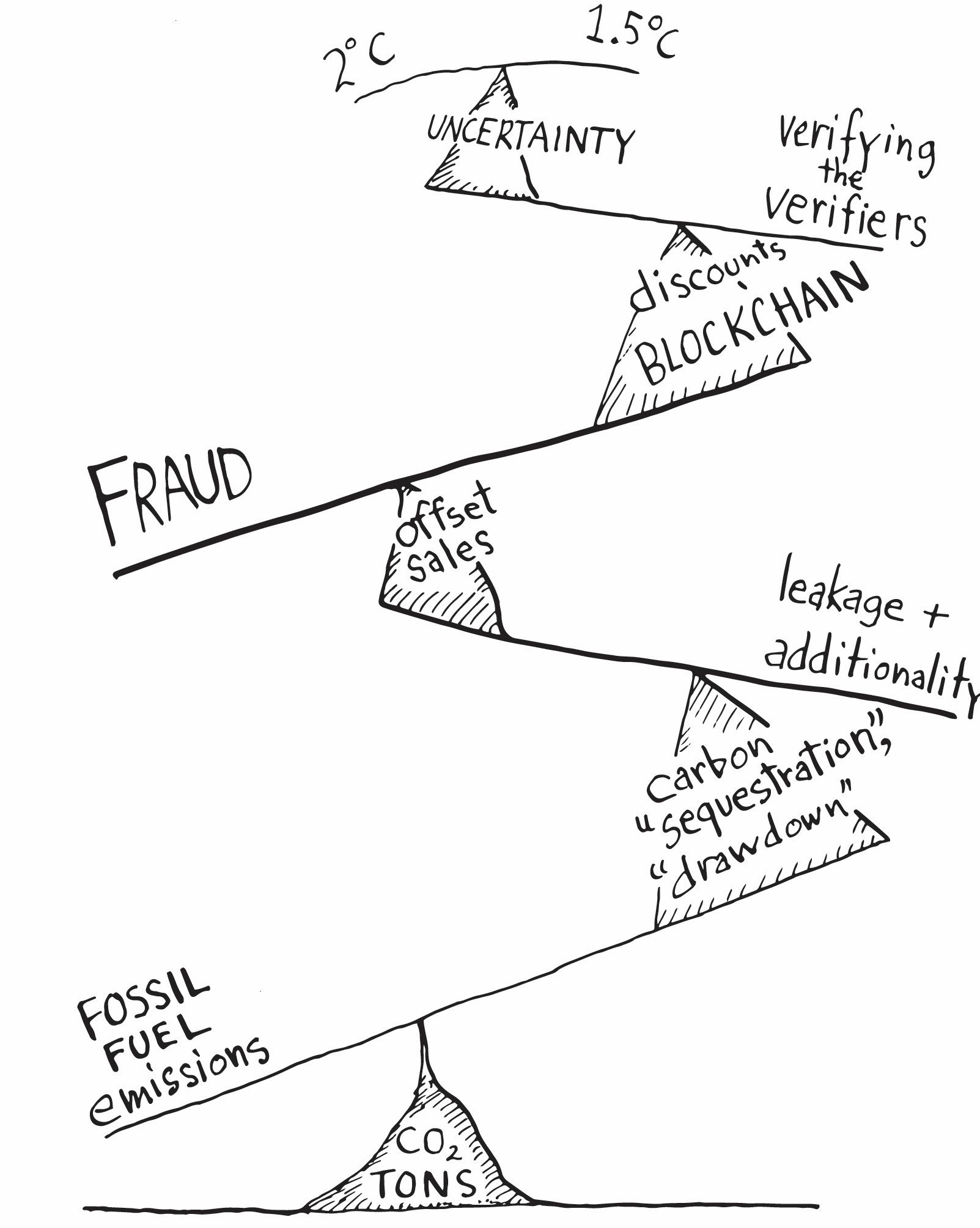Many states, including Oregon, have passed legislation with incentives for agricultural and forestry practices that are presumed to constitute “natural climate solutions.” Oregon’s Natural and Working Lands Proposal rightly recognizes soil health as a priority for Oregon’s working lands.
Soil has long been understood as a more-or-less inert substance, a dance floor or stage for the more visible dramas of above-ground plants and crops, animals, roads, and buildings. Soil science became the categories, constituents, and properties of soil. But as some acute observers and thinkers a century ago realized, soil is also a “fountain of energy” to use Aldo Leopold’s words. Enormous flows of matter and solar energy, mostly invisible, flow in and out of soil.
During a drought an engineer, thinking of energy only as the “energy sector” of the human economy, once wondered to me if the energy needed to desalinate seawater and pump it over the land could come from a yet-to-be-developed nuclear fusion reactor.
A wider view of energy understands that soil moisture–water in soil pores and cavities, water films coating soil particles–is a consequence of the sun’s fusion reactor powering the evaporation and distribution (as vapor or droplets) of enormous volumes of water on earth, and consequent precipitation onto earth’s surfaces, a quarter of which are soil. Globally, about a third of the sunlight energy reaching the surface does the work of evaporating water, over 400 horsepower per acre on average.
Movements of water, with water’s enormous capacity to move heat energy from sunlight, are the greatest influence on weather and climate. Water, ice, and water vapor can reflect the sun’s energy, keep some of it from escaping (as a greenhouse gas), and move it with ocean currents, moist winds, and atmospheric turbulence. Water also responds to a warming climate by changing or intensifying these dynamics. The major risks to human civilization from a warming climate are water-related: drought (associated with groundwater declines, crop failures, failing agricultural communities, refugees, even famine); floods and severe storms; and sea-level rise.
Far below water cycling in its direct use of sunlight energy is the photosynthesis that drives carbon cycling. Photosynthesis–globally around one horsepower per acre, averaged across seas, ice sheets, and land–depends on water. Puny as it is compared to water cycling, this carbon cycle–the work of living organisms–is transformative for our planet because it does complex chemistry. Life’s accomplishments include oxygenating the earth’s atmosphere, growing spongy, water-holding soil out of rock, and contributing its remains and residues to earth’s crust in the form of limestone, shale, chalk, and fossil fuels. More recently, human life’s activities include large-scale oxidation or burning of this fossil carbon, as well as oxidation of carbon in trees and soil, adding greenhouse gases to the atmosphere.
In the 1920s Russian geochemist Vladimir Vernadsky observed that life is the most powerful geologic force. But there was little practical context or use for that insight.
Climate change has delivered a practical context. Water cycling and carbon cycling are the two complementary legs on which climate change marches. The carbon leg has received the most attention. Understanding the carbon cycle mainly in terms of greenhouse gases in the atmosphere–carbon pollution, carbon footprint–leads to a simplified understanding of carbon cycling as a kind of balance, where emitting carbon dioxide into the atmosphere might be balanced or offset by carbon “sequestration” or “drawdown” in trees, soils, or rocks. Instead of the circle of life, carbon becomes a commodity.

This balance amputates the enormous complexity of carbon cycling to fit into our habits of narrow problem-solving, to fit into our legal, economic, political, and social architecture. In today’s world of rampant commodification, financialization, and enclosure of ecosystem “services” by big money and big environmental organizations, now abetted by the U.S. Department of Agriculture, carbon “sequestration” has become a climate policy. Because fossil fuels are intrinsic to our economies and ways of life, most governments can’t restrain emissions, so they are supporting markets for carbon “offsets” that seek to reconcile competing claims: the claims of carbon “sequestration” on land parcels–the supply–with the demand, which is the needs of individuals, businesses, and governments to claim they are acting against climate change.
Neither claim is solid.
The movements of the various forms of carbon through plants, soils, atmosphere, and seas are sometimes turbulent, often obscure, and not easily measured or tracked, especially as they shift over time in response to myriad influences including the solubility of carbon dioxide in seawater, the ocean’s biological carbon pump, complex dynamics of carbon in soil, and the susceptibility of biological carbon to drought, flood, and fire. Even well-intentioned claims of sequestration or offsets rest on a rickety ladder of assumptions, ripe for profiteering, power grabs, and fraud. At either local or global scales, there is no way to tell if carbon sequestration is working to slow climate change.

Add-ons merely exacerbate the defects of the carbon balance fantasy. Meanwhile fossil fuel emissions–one of the most easily tracked movements of carbon–continue to rise. We know it’s wrong but we may not know what else to do.
A faith or reliance on offsetting carbon emissions becomes a convenient substitute for remedying the large-scale removal of soil cover, forests, animals, and fish, for remedying soil compaction, roads and pavement, and for many kinds of subsidies for vast acreages of short-season annual crops that have compromised water cycling, along with its immense cooling potential. This substitution is especially convenient for national governments and international negotiations, where these larger issues of soil, water, and solar energy are awkwardly entwined with sovereignty, private property rights, corporate structures, water rights, and the rest of our legal, economic, social, and political architecture.
As FDR’s administration realized during the Dust Bowl, local governments, districts, and groups have considerable opportunity to enhance soil health, effective water cycling, the capture of liquid sunshine where it falls. While these may not constitute a complete climate solution, local efforts have the enormous advantage of self-motivation: the results of their efforts can be evaluated, they can learn what works, and there are real, substantial, measurable, and near-term benefits for local watersheds, groups, families, and individual land managers in working with the enormous power of the water cycle.
- SEO Powered Content & PR Distribution. Get Amplified Today.
- PlatoData.Network Vertical Generative Ai. Empower Yourself. Access Here.
- PlatoAiStream. Web3 Intelligence. Knowledge Amplified. Access Here.
- PlatoESG. Carbon, CleanTech, Energy, Environment, Solar, Waste Management. Access Here.
- PlatoHealth. Biotech and Clinical Trials Intelligence. Access Here.
- Source: https://soilcarboncoalition.org/trouble-with-carbon/



